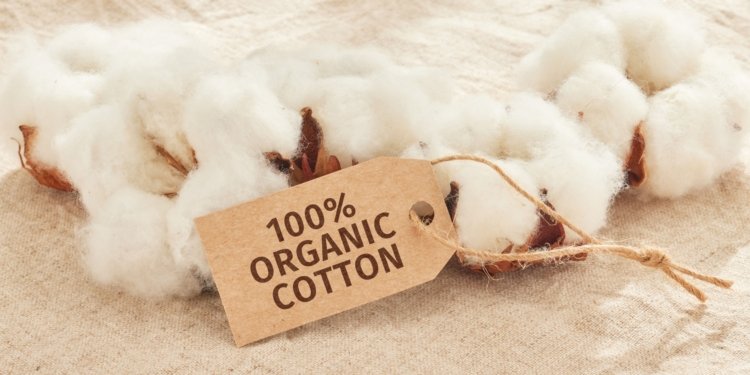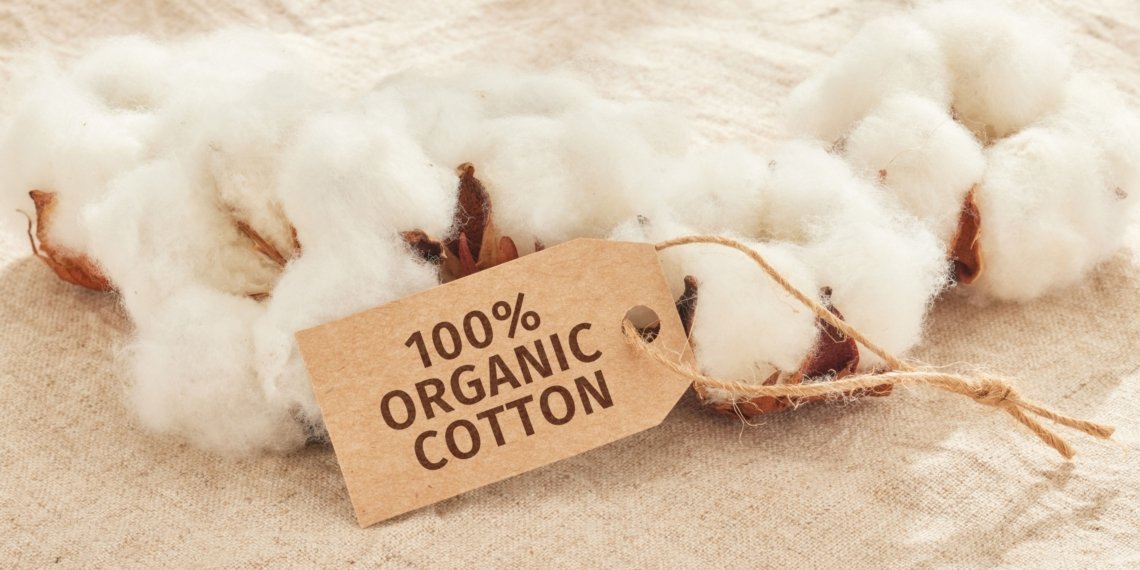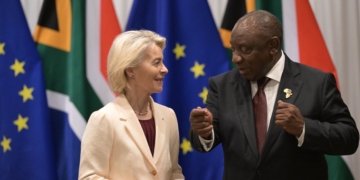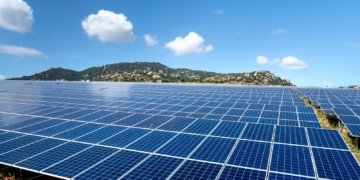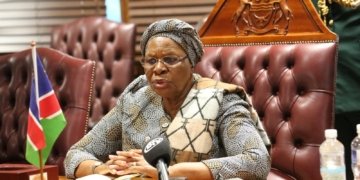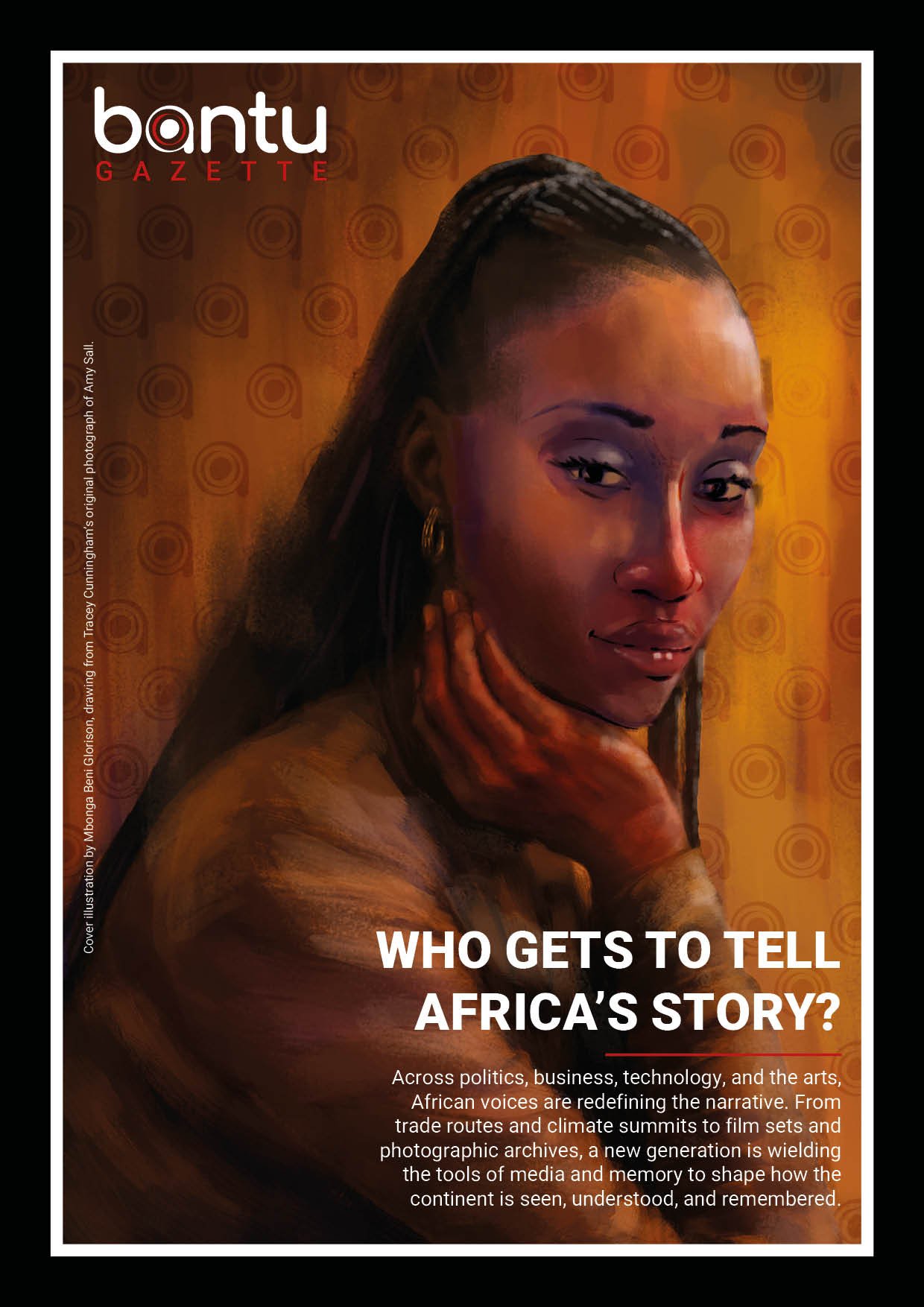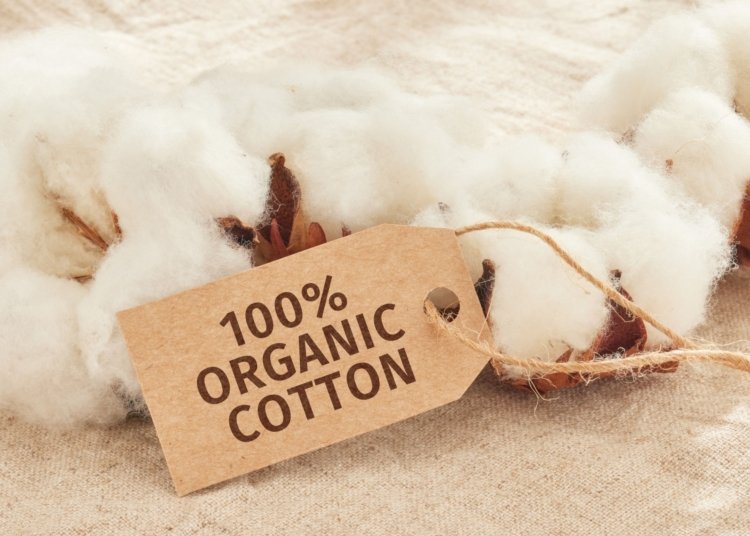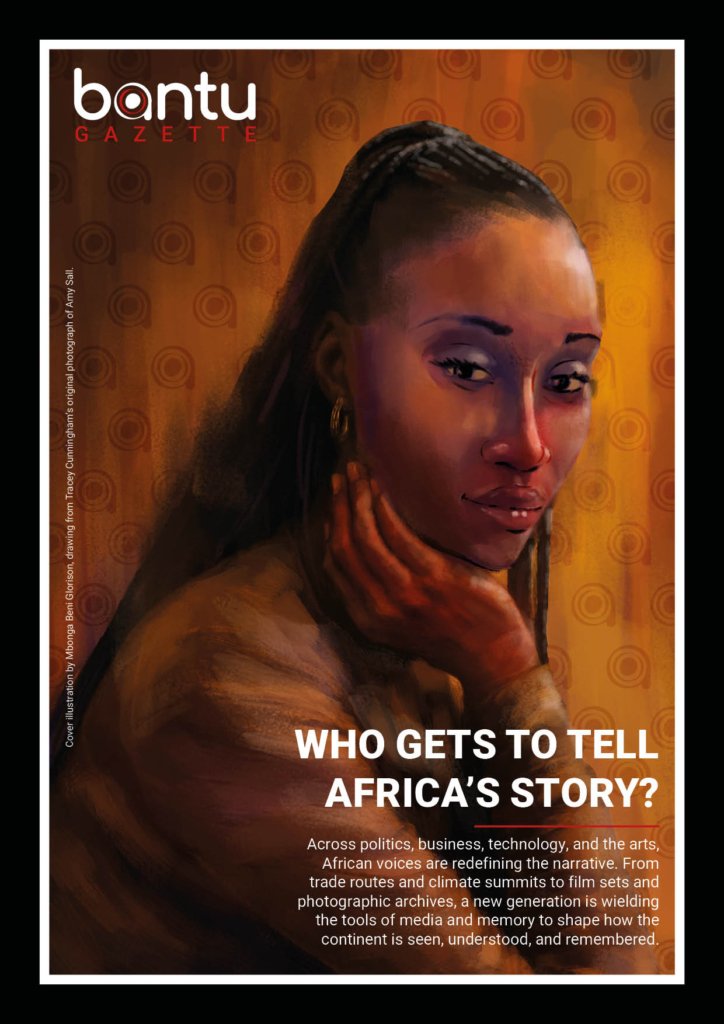On World Cotton Day 2025, held at the Food and Agriculture Organization (FAO) headquarters in Rome, African cotton producers and global partners gathered to spotlight the role of cotton in powering sustainable trade, green growth and inclusive industrialization under the African Continental Free Trade Area (AfCFTA).
Across Africa, cotton remains a critical pillar of rural economies. From Chad to Zambia and Tanzania, the crop sustains millions of farmers, artisans, and entrepreneurs.
Yet the sector faces growing challenges, including climate shocks, soil depletion, limited access to finance and the uncertain future of global trade preferences like AGOA.
The African Growth and Opportunity Act, or AGOA, a U.S. trade law passed in May 2000, has now expired, raising concerns over future export access.
Most African cotton is still exported raw, limiting local value addition and job creation. Despite these pressures, African cotton communities are adapting.
In Tanzania and Zambia, thousands of smallholder farmers have adopted climate-smart practices such as converting crop residues into biochar, which improves soil health and boosts yields.
In just one year, more than 10,000 farmers in Tanzania reported up to a 20 percent increase in production, according to the International Monetary Fund.
In Zambia, 130,000 farmers have doubled their output and earned the cotton sector’s first carbon credit payments.
Efforts Extend Across Value Chain
In countries like Burkina Faso, Côte d’Ivoire and Mali, women artisans and young designers are transforming locally grown cotton into high-value fashion products.
Through initiatives like the Ethical Fashion Initiative, they are gaining access to global markets and raising incomes.
Organizations including the International Trade Centre, FAO, WTO, UNIDO, ICAC and African governments are working to strengthen Africa’s cotton-to-clothing industry.
Several programs are helping manufacturers become more competitive and expand trade both within and beyond Africa.

